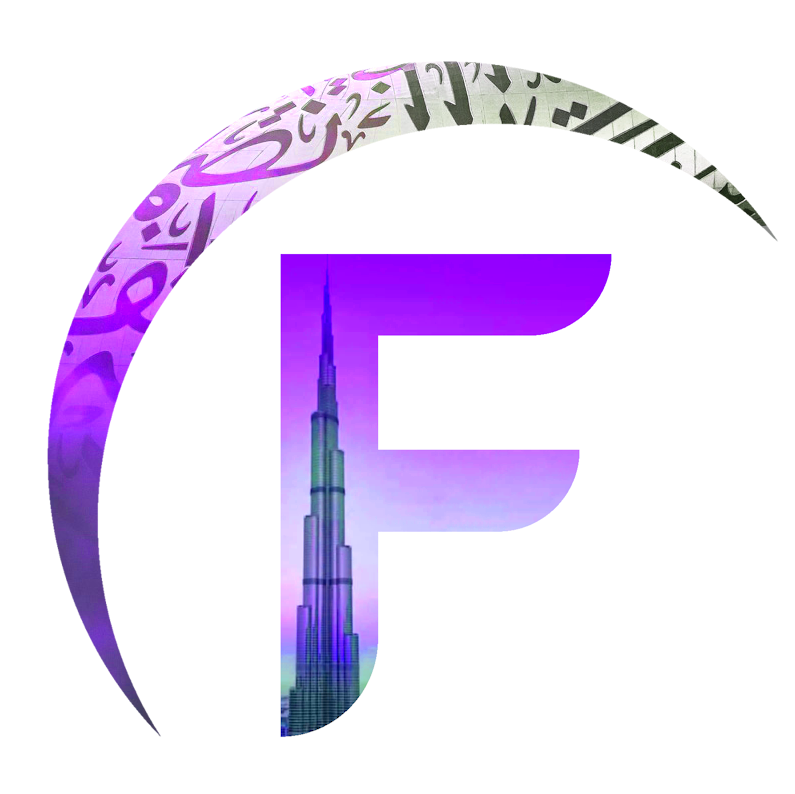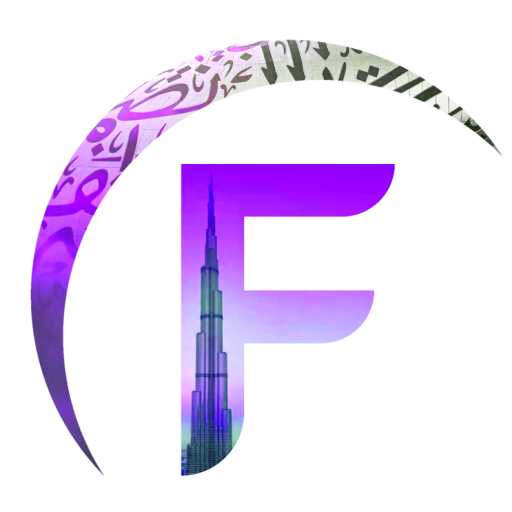In the heart of the UAE, the rhythmic practice of traditional desert weaving, or “al-sadu,” holds cultural weight far beyond its aesthetic beauty. These intricate crafts, once woven by Bedouin women in tents across the region, are still practiced today by artisans who treat every thread as a bridge between past and present. Just outside Dubai, weaving workshops offer immersive access to this world—combining technique, storytelling, and heritage. Visitors not only watch but also feel the work in their own fingers, understanding why the craft was once vital for shelter, trade, and identity.
Al Marmoom Desert Reserve fosters authentic craft encounters
Al Marmoom Desert Conservation Reserve, known for its eco-heritage programs, regularly hosts craft sessions in collaboration with cultural institutions. Some of these events focus entirely on traditional weaving, led by Emirati artisans. The setting matters here—tents, fire pits, and date palm shade structures recreate the atmosphere in which these techniques were born. These workshops are not for passive observation. Attendees are taught how to prepare palm fronds, twist the fibers, and create basic patterns used in seating, tent ropes, and floor coverings. Events are seasonal and often coincide with cultural weeks or UAE National Day celebrations.
The Al Sadu House pop-ups bring Bedouin weaving to Dubai visitors
Though Al Sadu House is based in Abu Dhabi, it frequently partners with Dubai venues for traveling exhibitions and live workshops. These pop-ups can be found in venues such as Etihad Museum courtyards, Dubai Culture spaces, or even Dubai Mall during heritage festivals. Artisans demonstrate each stage of the weaving process, explaining the meaning behind recurring geometric patterns and color selections. Guests may join in small-group weaving circles where conversation flows as freely as the wool between hands. Organizing a visit often requires tracking event schedules through local cultural platforms.
Heritage festivals blend weaving with storytelling and food traditions
In places like Al Shindagha Historical District, Dubai Heritage Village, or Global Village’s Emirati pavilions, weaving workshops often appear as part of broader cultural displays. During high season, especially between November and March, these spaces come alive with traditional music, camel leatherwork, and communal weaving circles. Here, the emphasis is on experiencing craft as lived tradition. Visitors may be offered dates and gahwa while learning to braid palm strips into mats or observing advanced loom techniques. These workshops usually accommodate walk-ins, but group visits can be arranged with advance notice.
Women-led cultural centers provide intergenerational craft teaching
Several women’s associations in the UAE, such as those supported by the General Women’s Union, provide training in heritage arts including weaving. These organizations, sometimes located in Sharjah or Ajman but reachable from Dubai, offer more in-depth workshops that span several days. Classes are conducted in Arabic but often include English-speaking facilitators or translated guides. What makes these workshops special is the community—the conversations, the shared meals, and the generational wisdom passed down in real time. It’s not just technique that is taught, but values, patience, and presence.

Hotels and eco-retreats host private weaving sessions for guests
Desert resorts around Lahbab or Al Faqa occasionally offer weaving as part of their cultural experience packages. These aren’t always advertised as stand-alone events but may be included alongside falconry shows, henna stations, or Emirati cooking demos. In these settings, guests receive simplified materials—pre-cut fibers, guided diagrams—but are encouraged to create a keepsake they can take home. Some resorts partner with local craftswomen from nearby villages, creating a direct link between guest curiosity and artisan livelihood. Booking ahead is necessary, especially during cooler months.
Museum-based workshops combine technique with textile history
Institutions like the Dubai Museum and Etihad Museum occasionally feature workshops on weaving and textile arts in partnership with local craft preservationists. These workshops explore not just the method, but also the socio-political role of textiles in the UAE. Participants might learn about wool processing, traditional dye sources, and how weaving signaled tribal identity. Spaces often feature historic garments or tools alongside hands-on stations. These events suit those who want both academic context and tactile experience.
Youth programs aim to pass weaving skills to the next generation
UAE schools and youth organizations are increasingly incorporating traditional crafts into extracurricular activities. Some of these programs offer parents and community members the chance to join weaving sessions during open days or cultural showcases. The idea is to normalize heritage as part of everyday life. Organizing a group to attend one of these events is usually possible through local councils or neighborhood centers. These environments emphasize accessibility and fun, making them ideal for families or beginners new to weaving.
Respectful participation means learning with more than your hands
Joining a weaving workshop in Dubai or nearby isn’t just about craft—it’s about cultural etiquette. Participants are expected to listen patiently, accept corrections with gratitude, and show care in handling materials. Many of the artisans learned weaving from mothers and grandmothers, and they treat the space as sacred. Wearing modest clothing, arriving on time, and asking questions respectfully enrich the experience. Photography is sometimes restricted, especially during prayer breaks or personal storytelling moments.
Seasonal timing enhances both learning and comfort
The best time to join desert weaving workshops is between late October and early April, when weather allows for longer outdoor sessions. In the cooler months, events tend to last longer, often including full-day immersions with lunch breaks, cultural talks, or short performances. Some workshops even align with lunar cycles or harvest periods, adding a deeper seasonal rhythm to the learning. Planning ahead is essential, as these workshops fill quickly and rely on artisan availability.
In the woven lines of palm and wool, Dubai’s desert heritage continues to breathe, teaching through touch, rhythm, and silence.
This guide was prepared by www.few.ae team.


 then "Add to Home Screen"
then "Add to Home Screen"